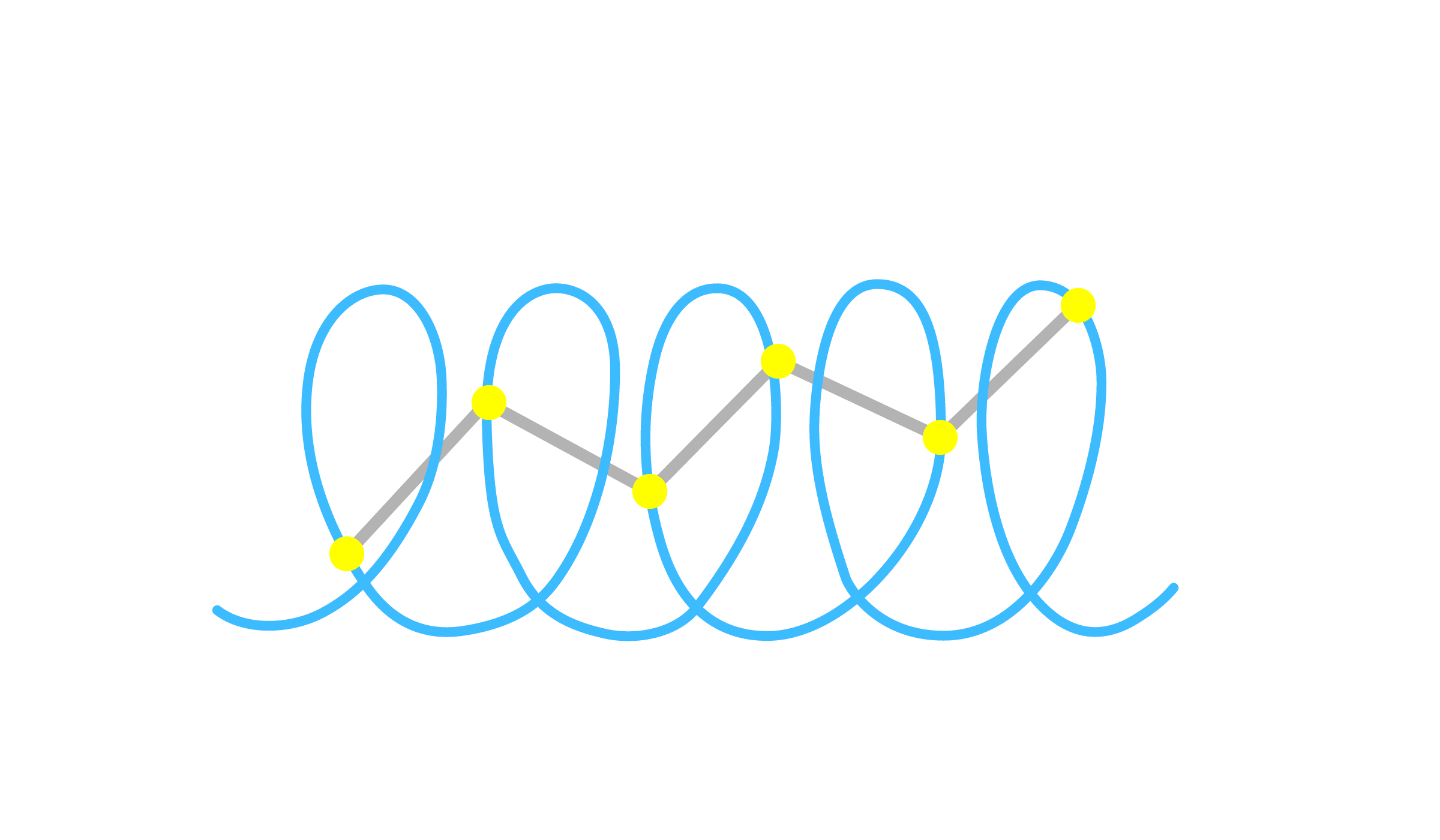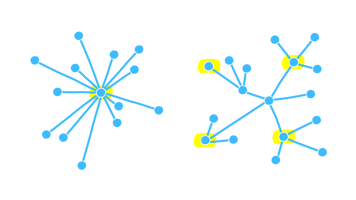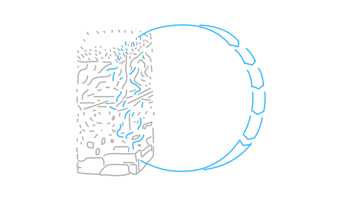Getting the data analytics organization right is about building a dedicated function into the organization and making it effective at its interfaces.
The challenge: How to design data capabilities into your organization?
Someone using our Organizational Structure Kit recently brought us the following challenge (as part of a larger transformation effort we were discussing): how could she structure her organization to make full use of data analytics? Or, to put it another way, how could she consistently and regularly identify, make available, and use data for marketing, product and service development, and decision-making purposes in general? Her hunch was to deploy design-thinking methodologies to introduce the according capabilities to the organization. But beyond the issue of designing the organization, we weren’t aware of any pertinent case studies or applications of design thinking to address this particular challenge. Because of Management Kits’ long-standing interest in the application of design thinking to business and management challenges, including the implications of such an application for organization design and culture, we decided to accept the challenge and consider the question in more detail.
Design thinking can provide meaningful answers when data analytics teams face the “so what” question
Data in and of itself isn’t intelligent. An IT operations team I once worked with used to tell an anecdote about how they started to analyze the intranet usage at their company and discovered that the most-visited intranet page by far was the canteen’s lunch menu! In all fairness, the company was well known for its excellent and low-priced employee canteen, but what a surprise! I’m sure that IT operations team became more sophisticated in how it applied hypotheses to its analytics efforts and, in turn, how it made the results actionable (though an easily accessible menu would be an obvious recommendation in this case).
The key point is that in order for data analytics to be valuable to an organization, they should be embedded into business design efforts.
Any effort to analyze data should be linked to a concrete business objective. This objective then should give rise to design challenges, hypotheses, and questions that can be taken up with data analysts.
Of course, this doesn’t mean that the relationship between data scientists and business designers is purely unidirectional, with one merely serving the other. On the contrary, there must be iterations and joint ideation to start. You could even argue that data can help you determine the right questions to ask, but even then, a first, joint understanding of strategic objectives should be established.
Data usability is a precondition for the effective use of data analytics
What’s more, data must be available and usable for interdisciplinary teams to create value within interdisciplinary design efforts. In terms of org design, this will typically be a centralized task for a data architecture team. This team must understand and design for the business users of the data within the organization (for a valuable overview of designing UX-friendly data analytics platforms, see Ben Chan’s article here. Interfaces, reports, and visualizations are key elements to be considered as part of this process.
A next stage in the evolution of data analytics: integrating data analytics with design thinking on the organizational level
Currently, it seems that the design angle is often absent from data analytics guides. Similarly, the organization design for data analytics seems to be missing the right balance of centralization and decentralization, with capabilities and resources either too centralized and far away (= non accessible) from business decision-making, or too dispersed across the organization and narrowly focused to effectively build excellence and create sustainable impact.
The goal must be a well-established routine featuring a central data analytics powerhouse that interfaces with businesses and functions in order to infuse data-based insights into business design processes. In solving concrete business challenges, data scientists and engineers, designers, and business representatives should work side by side in multidisciplinary teams that are aligned on the particular purpose. And the organization design should enable the formation of such multidisciplinary teams on a regular basis, e.g. through clear organizational processes and roles.
Boost organizational effectiveness
with Management Kits
Also read on our blog:
-
Learn more about the business design process to come up with a new organizational structure.
-
How to build organizational capabilities: Based on past organizational design work, we introduce a simple three step approach to define, assess, and start building strategic organizational capabilities.



